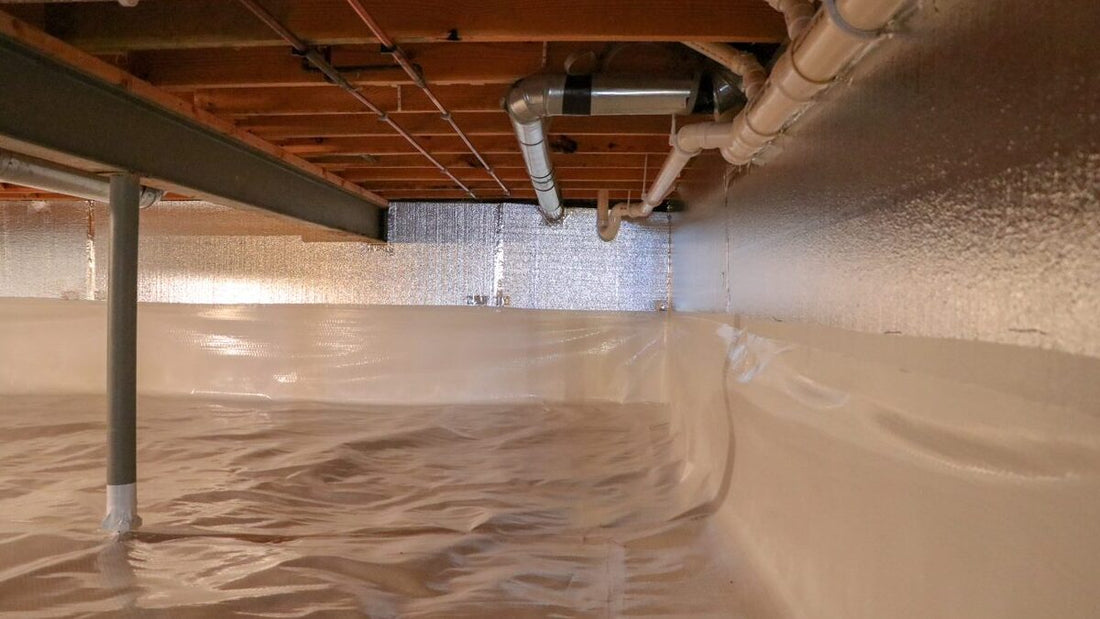Crawl space encapsulation is a comprehensive solution to protect your home from moisture issues, mold, and structural damage. A crucial element of this process is selecting the appropriate plastic material for the vapor barrier. With various options available, choosing the right crawl space encapsulation plastic is essential for the effectiveness and longevity of the solution. In this blog, we'll guide you through key considerations to help you make an informed decision.
1. Thickness Matters:
The thickness of the plastic sheeting is a critical factor in determining its durability and effectiveness as a vapor barrier. Thicker materials generally offer better resistance to tears and punctures. Aim for a plastic sheet with a thickness between 6 mil and 20 mil, depending on the specific requirements of your crawl space and the potential for heavy foot traffic during installation.
2. Material Composition:
Different plastic materials are used for crawl space encapsulation, with polyethylene being the most common choice. High-quality, virgin polyethylene offers superior strength and durability compared to recycled materials. Ensure that the plastic is reinforced with additives to resist degradation from ultraviolet (UV) light exposure.
3. Permeability Rating:
The permeability rating of the plastic sheeting determines its ability to resist the passage of moisture. Look for crawl space encapsulation plastics with a low permeability rating, indicating their effectiveness in creating a moisture barrier. A lower permeability rating signifies better moisture control, preventing water vapor from entering the crawl space.
4. Reinforcement Features:
Consider crawl space encapsulation plastics that come with additional reinforcement features. Some plastics have a reinforced scrim layer, providing extra strength and tear resistance. Reinforced options are particularly beneficial in crawl spaces where the plastic may be subject to potential damage during installation or maintenance.
5. Antimicrobial Properties:
Mold and mildew growth are common concerns in crawl spaces. Opt for crawl space encapsulation plastics with antimicrobial properties to inhibit the growth of mold and ensure a cleaner, healthier environment. This feature adds an extra layer of protection against potential issues related to microbial activity.
6. Fire Retardant Certification:
While not always a requirement, choosing a crawl space encapsulation plastic with fire retardant properties can provide an additional safety measure. Look for plastics that meet relevant fire safety standards to ensure the material's resistance to combustion.
7. Manufacturer Reputation:
Choose products from reputable manufacturers with a proven track record in the industry. Read customer reviews, check for certifications, and inquire about warranties to ensure the crawl space encapsulation plastic you choose meets quality standards and provides long-term reliability.
Conclusion:
Selecting the right crawl space encapsulation plastic is a crucial step in ensuring the success of your encapsulation project. By considering factors such as thickness, material composition, permeability rating, reinforcement features, antimicrobial properties, and fire retardancy, you can make an informed decision that aligns with the specific needs of your crawl space. Investing in high-quality plastic materials sets the foundation for a durable and effective vapor barrier, protecting your home against moisture-related issues for years to come.

